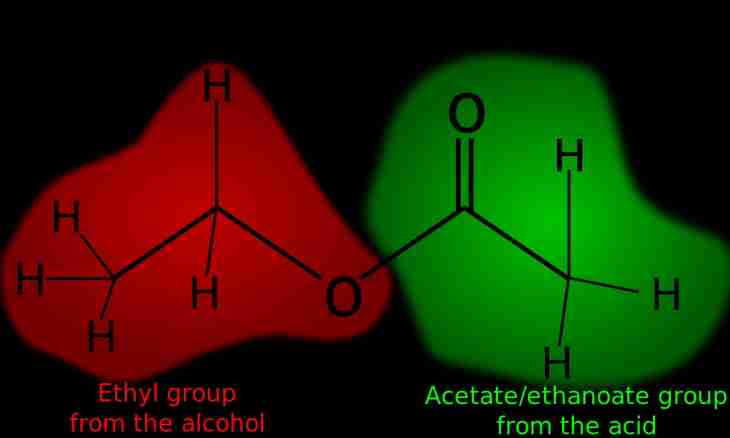Acid is a chemical of complex structure which has atoms of hydrogen and the acid remains. Acids are classified by a number of signs which also the basicity is among.
Instruction
1. If you deal with inorganic acids, for determination of basicity look at their formula. You will see how many atoms of hydrogen are included into it. All galogensoderzhashchy acids (fluoric, salt, bromic, iodide) – monobasic. Here it is possible to carry nitric acid (HNO3 formula), nitrogenous (HNO2) and others.
2. If two atoms of hydrogen are a part of a molecule of acid, it is bibasic. Here it is possible to include sulfuric acid. Its formula H2SO4. This very strong chemical. Other bibasic acids, for example, sulphurous (H2SO3), silicon (H2SiO3), coal (H2CO3), much more weakly.
3. The three-main chemicals contain three atoms of hydrogen in the structure. The most known of acids – phosphoric (orthophosphoric). Its formula H3PO4. Here it is possible to include also boric acid (H3BO3).
4. Quadribasic acids contain four atoms of hydrogen in a molecule. They are not enough. For example, pyrophosphoric acid turns out when heating orthophosphoric acid to temperatures over 200 degrees, reaction takes place as follows: 2H3PO4 = H4P2O7 + H2O.
5. Besides inorganic acids, there are many organic. Their functional (carboxyl) group has the following structure: SOON. To define their basicity, look at a formula, only now pay attention not to amount of atoms of hydrogen, and to the number of carboxyl groups.
6. The majority of organic acids are monobasic, for example, formic acid. Its formula HCOOH. Also acetic acid – CH3COOH belongs to monobasic chemicals. Vital to an organism of amino acid are monobasic. Oxalic acid belongs to bibasic organic acids, for example. And to the three-main - lemon.

